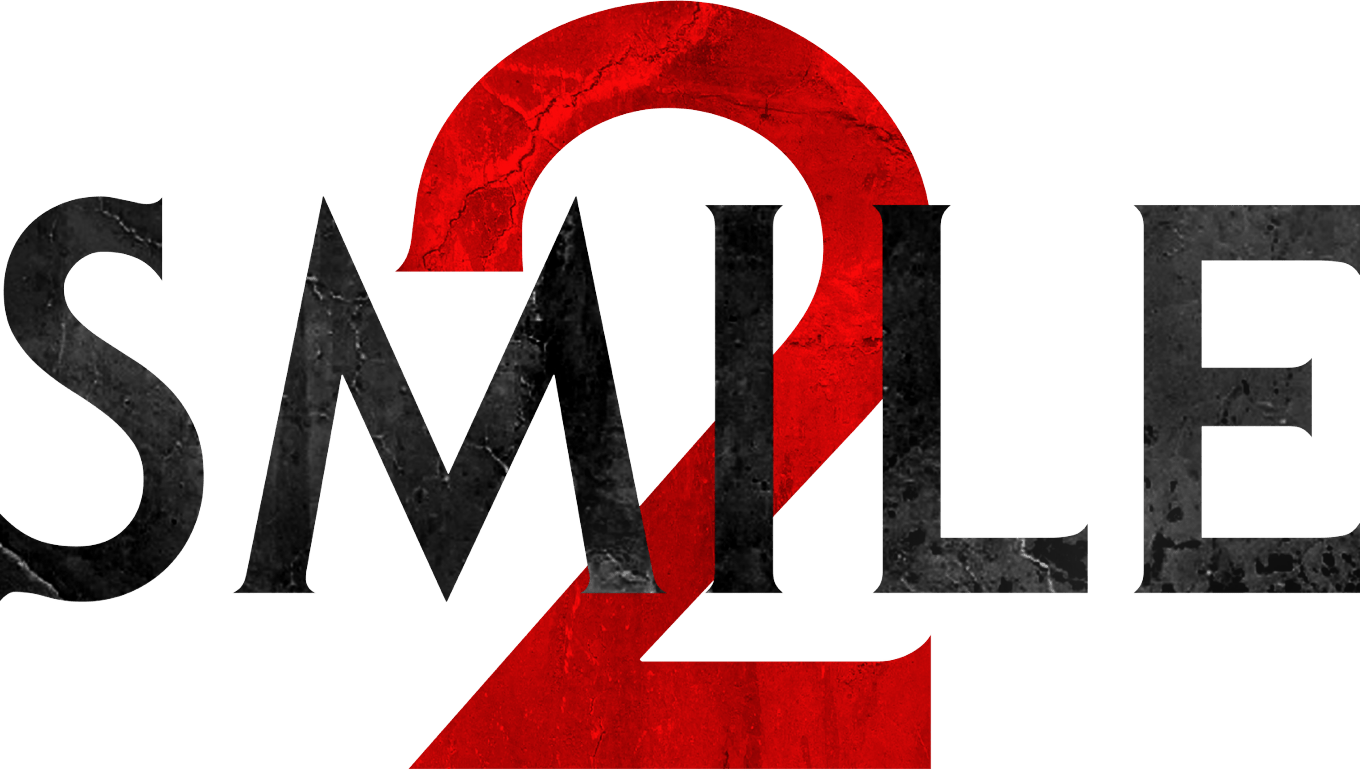Sixteen years after the release of his previous feature film, self-described expert in “Clayography” Adam Elliot (“Mary & Max,” “Harvie Krumpet”) returns to the stop-motion medium for another tale loosely based in his own life experiences. With a muted color palette of browns, grays, and blacks and a wicked sense of dark humor, Elliot is here to tell us the tale of a “Memoir of a Snail.”
Narrated by Grace Pudel, voiced by Sarah Snook (“Succession,” “Pieces of a Woman”), the film retells Grace’s life growing up with her twin brother Gilbert, voiced by Kodi-Smit McPhee (“ParaNorman,” “The Power of the Dog”), and father Percy, voiced by Dominique Pinon (“Delicatessen,” “Alien Resurrection”). After Percy’s death, the twins are split up, with Grace being adopted by a swinger couple in Canberra and Gilbert adopted by a family of religious fundamentalists in Perth. While Grace grows up, she befriends Pinky, voiced by Jacki Weaver (“Animal Kingdom,” “Silver Linings Playbook”), a quirky and outspoken elderly woman. As the pair grow up while apart, they harbor the hope of saving enough money to one day reunite, as life, love, and tragedy get in their way over the years.
In keeping with Elliot’s previous works, “Snail” has plenty of wry humor that works as both a reflection of the absurdity of modern life and as a tragic tale of kindness almost snuffed out. There are plenty of genius visual gags and moments of true whimsy, even told in such a deliberately ugly and stunted style. Hell, even the image of Claymation nipples and other genitalia manages to be amusing on a base level no matter how often Elliot uses it. There’s a consistently twisted view of the world on display and his balanced hand and script never let the tragedy overwhelm the comedy or vice versa.
Snooks’s vocal performance is flawless, as it should be given that she speaks for 95% of the film. She has an amusement and self-reflection within her voice that can only come from years of looking back on the tales being told. It’s a role that doesn’t work unless she works, and she really puts the emotion and effort in, turning it into a standout performance. McPhee is much the same; while his role is smaller, it's just as effective, and his voice acting experience comes in and nails the silliness of Elliot’s tale exactly when needed. Weaver is the true standout though, as Pinky manages to be a scene stealer in every way. The aged wisdom and carefree attitude are a perfect fit for someone like Weaver, and she makes the role her own.
Elliot’s morphed and smudged style fits this story well and his hand-crafted version of Australia has the bend of a fairy tale. From unkempt lines to animals that look like blobs of fur, it's a visually rich world that just happens to be shot almost entirely in sepia-tone. It’s a chunky absurd look to everything and it allows the film’s most honest moments to shine through. It follows that basic idea of disarming your viewer; by breaking down the viewer’s walls with its style and humor, it allows Elliot to get at a deeper and more honest truth to his tale, almost catching the audience off guard with its complexity.
Snook’s vocal performance is good; however, it does lead to a bit of an issue with Elliot’s overall work. While the script and dialogue itself are great, the film being 95% narration does mean that it can, at time, feel like it's the filmic equivalent of an animated podcast. It does end up retroactively fitting everything by the end, but as the film stretches on in the middle, Snook’s performance can start to blur. It also ends up fitting the best with Elliot’s demented looking art-style, allowing the world to both come alive thanks to her more naturalistic delivery, and also pointing out the weirdness in it all because of said delivery.
“Memoir of a Snail” is an expertly crafted work of stop-motion weirdness. It hits the exact right blend of darkness and warmth, keeping things absurd while still hitting at those fundamental truths that we can all connect to. Sarah Snook carries the film with her vocal performance, and it's another fantastic film to add to Adam Elliot’s long-established catalog of hand-crafted “clayography” works. 4.5/5




.png)





.png)



.png)


